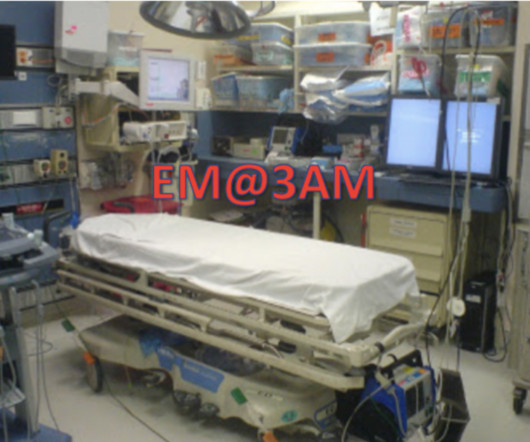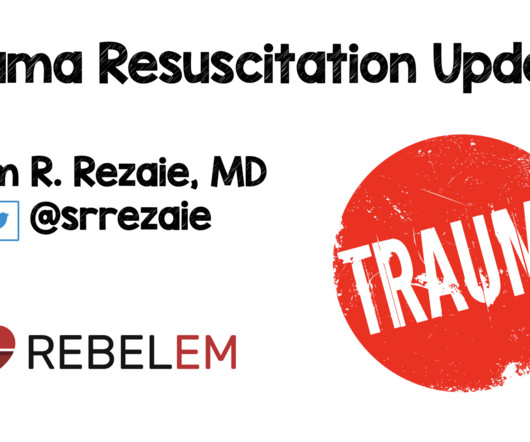EM@3AM: Stercoral Colitis
EMDocs
JANUARY 11, 2025
If sepsis or septic shock is present, aggressive fluid resuscitation and empiric antibiotics covering intra-abdominal flora should be administered. ISSN 2002-4436. The two highest predictors of increased mortality in the literature include a large area of colonic involvement >40cm and perforation (32-60% mortality rate).














Let's personalize your content